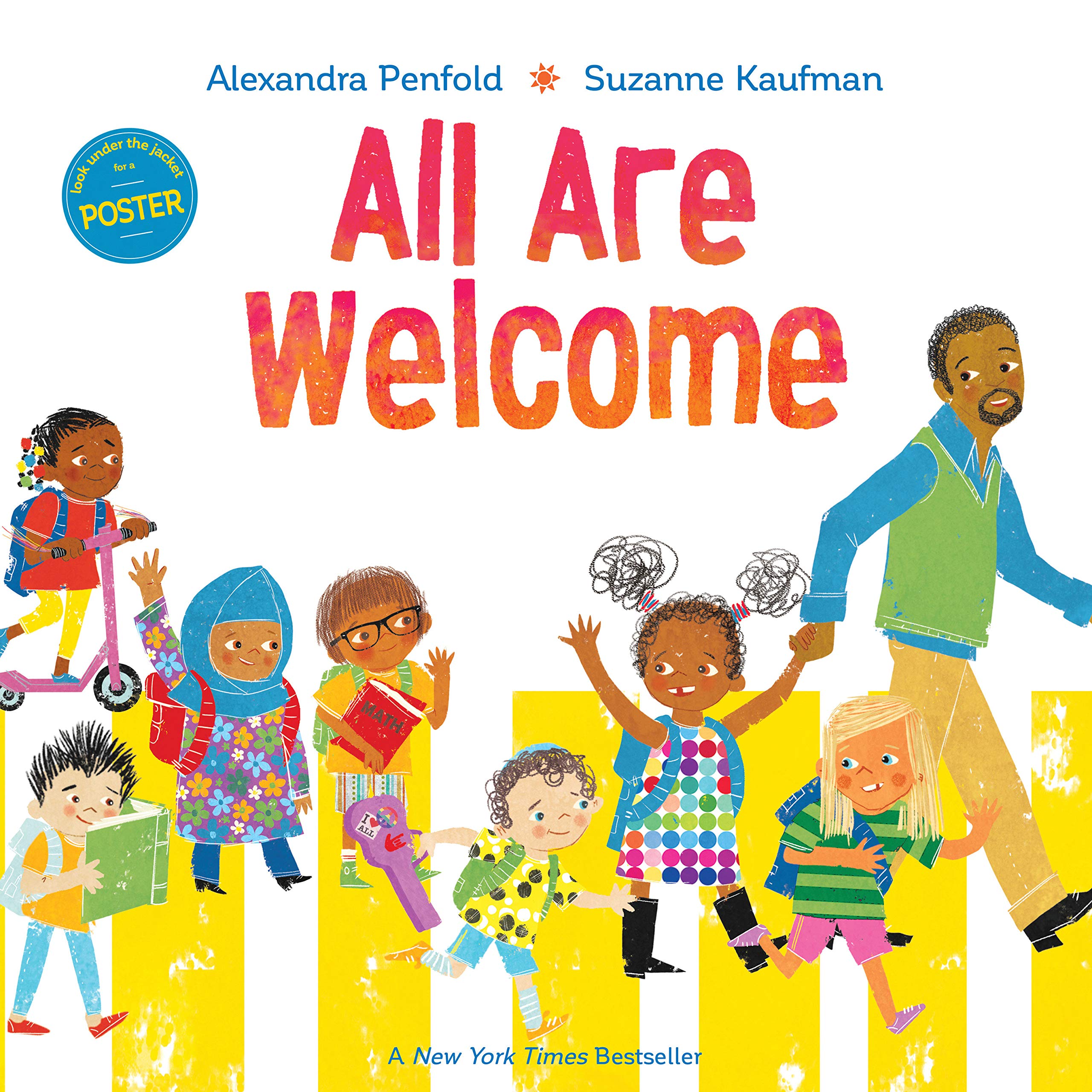Message from your teachers!
Hello Parents! It is hard to believe we are in the middle of summer already!
We are in the process of planning for a safe return to in-classroom learning. You will be receiving some communications about this as the planning process moves forward, and we thank you for your patience. As always, feel free to contact your child’s Teacher for questions or concerns.
Reminder: Our four program-wide expectations are Be Courageous, Be Curious, Be Compassionate, Be A Community.
This week we will focus on how children can Be A Community.
We are a community when….
• We are kind to one another
• We take care of one another
• We embrace our differences and culture
Links/Resources:
https://www.naeyc.org/our-work/families/readiness-not-state-knowledge-state-mind
https://www.naeyc.org/our-work/families/building-partnership-your-childs-teacher
| Teacher Bea Email: meksavanhs@nhwa.org Work Cell: (206)313-2646 | Teacher Lisa Email: lisap@nhwa.org Work Cell: (206) 480-7230 | Teacher Margie Email: margiec@nhwa.org Work Cell: (206)779-3881 | Teacher Suzanne Email: suzannep@nhwa.org Work Cell: (206)398-9699 |
Math / Science
Activities from Teacher Margie
Watering plants
This activity is an opportunity to teach your kids about nature and the environment around them. It allows them to water plants, know what is meant by ‘overwatering’, how often plants need water, and which plants require what kind of care.
You will need
A small watering can or a small bucket and a mug
How to play
- Take your kids around your garden (or around your home if you have indoor plants) and introduce them to the different plants you have in there. If they are already familiar with the plants, go straight to the activity by handing them the watering can.
- Show them how to add water so that they won’t overwater the plant. Supervision is necessary while they are watering the plants!
If the watering can is empty, ask them to refill it and repeat it for the rest of the plants.
Language / Literacy
Activities from Teacher Suzanne
Click on the link below and learn about Hermit Crab.
After the story, talk about what the Hermit Crab’s life is like, what happens when he grows out of his shell, and draw your own hermit crab.
A House for Hermit Crab

Math / Science
Activities from Teacher Bea
This activity is a fun way to learn about numbers, counting, and adding. You can use any objects at home such as coins, small stones, or beads to substitute.
The More, the Better
Primary Objectives
Why it’s important
This activity will support your child’s growing ability to compare the quantities of small groups of objects and correctly use comparison words, such as more and less. Becoming more aware of “number” words will help him begin to use comparison words in daily conversation.
Materials
Paper, glue, small objects (rocks, paper clips, beanbags, seashells, etc.), two small jars or clear cups, cotton balls
What you do
1. Before you begin, place six cotton balls in a small jar. Fill another jar with ten cotton balls. Place the jars on two separate pieces of paper.
2. Invite you child to explore the jars and guess which jar holds more cotton balls. Write the words more and less on the jars he designates.
3. Explain that he can check is prediction. Encourage him to empty one of the jar and glue the cotton balls on the paper. Ask him to count the cotton balls. Write the number cotton balls on the bottom of the paper.
4. Repeat with the other jar. Provide assistance, if needed, ask him which paper has more and which has less.
5. Once your child has counted both sets of cotton balls, ask him which paper has more and which has less.
6. Continue the activity for as long as he is interested. You can vary the game by using collections of other small objects.
Math / Science
Bake Bread with Teacher Lisa!
Follow along and see how the ingredients are measured! Perhaps you could try baking some bread in your home!
Baking Bread part 1 https://vimeo.com/443124688
Baking Bread part 2 https://vimeo.com/443125479

